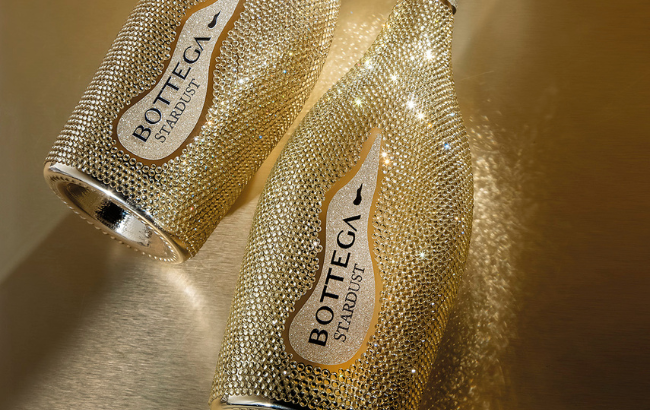Antonini: Uruguay’s wine future lies in Garzon
By Lucy ShawThe future of premium winemaking in Uruguay lies in the village of Garzon rather than Canelones, where Tannat has traditionally been made, according to Alberto Antonini.
Garzon’s patchwork quilt of vineyards
Speaking to the drinks business during Vinexpo this week, Antonini, who consults for the largest producer in Garzon – Bodegas Garzon – said:
“I’ve been making wine in Argentina for the last 22 years and the winemakers there have understood the importance of moving the premium vineyards to the Uco Valley.
“Uruguay is facing the same problem as the majority of Tannat vines are planted in Canelones, which is not the best terroir for the variety – it just happened to be where the immigrants arrived and started planting vines.
“The soil in Canelones is deep, fertile and formed of heavy clay that turns to mud in the rain so you end up with very rustic Tannat with strong, bitter, astringent tannins.
“Garzon is a cooler climate like Casablanca in Chile and the granite soils give the wine a mineral dimension. The soils are like sponges as they soak water up incredibly quickly.
“I’m really happy to see other producers planting in Garzon for the greater good of Uruguay. The quality we get is a result of great terroir.
“As long as Uruguay is able to make more approachable Tannat then it could be our future. It’s working well locally but we’re having a hard time selling it to a wider market.”
Antonini cites biodiversity in the vineyards, ancient granite soils and the proximity to the Atlantic Ocean as among the reasons why Garzon is suited to grape growing.
In Garzon he consults for Bodegas Garzon, a 220-hectate estate planted in 2006 by Argentine oil and gas billionaire Alejandro Bulgheroni, who owns 15 wineries around the world.
“We initially decided to focus on Tannat as it’s the flagship grape of Uruguay so I figured it must be widely planted for a reason,” Antonini told db.
“I’m a huge fan of Galicia and see similarities with the region to Garzon due to the Atlantic influence and the granitic soils, so I thought Albariño could work well there.
Partner Content
“But I didn’t want to play the whole game with only two grapes so we planted Cabernet Franc, which I’m in love with, along with Sauvignon Blanc, Viognier and Merlot,” he added.
Alberto Antonini
Antonini believes Garzon’s granite soils inject the wines with energy, vitality and tension. “With Albarino I’m not trying to emulate Galicia but found the region great for the grape. The wine has great energy, freshness and voltage, which is really important.
“I like to make 380-watt wines not 110-watts. I like to combine juiciness and richness with tension,” he said.
Believing that the terroir should shine through in the wines rather than oak or the hand of the winemaker, Antonini is getting rid of Bordeaux barrels at Garzon.
“I’m looking to lessen the oak influence by using concrete fermenters and 5,000-litre foudres. If you have a very good wine you don’t need to add wood flavour, but for ageing you need micro-oxygentation.
“I’m getting rid of small barrels in most of my projects as when they’re new they add too much intense oak flavour, so you lose a lot of the wine’s energy,” he said.
“Wines are better preserved in large format untoasted oak barrels – the maturation is softer, smoother and helps to keep the original flavours in the wine better,” he added.
Garzon is made up of a patchwork quilt of 1,150 individual plots of around 0.2 hectares in size. Having invested heavily in the project, which is due to expand to 300 hectares in the next three years, Bulgheroni is keen to see a return on it.
“Our huge investment doesn’t leave any room for excuses if things go wrong as we’ve got all the tools and toys to play with to make great wines,” Antonini admitted.
“It’s not just a hobby for Alejandro – he wants to make money from it, but cash flow in the wine world isn’t as good as other businesses – you only really see the money when you sell the property,” he added.




